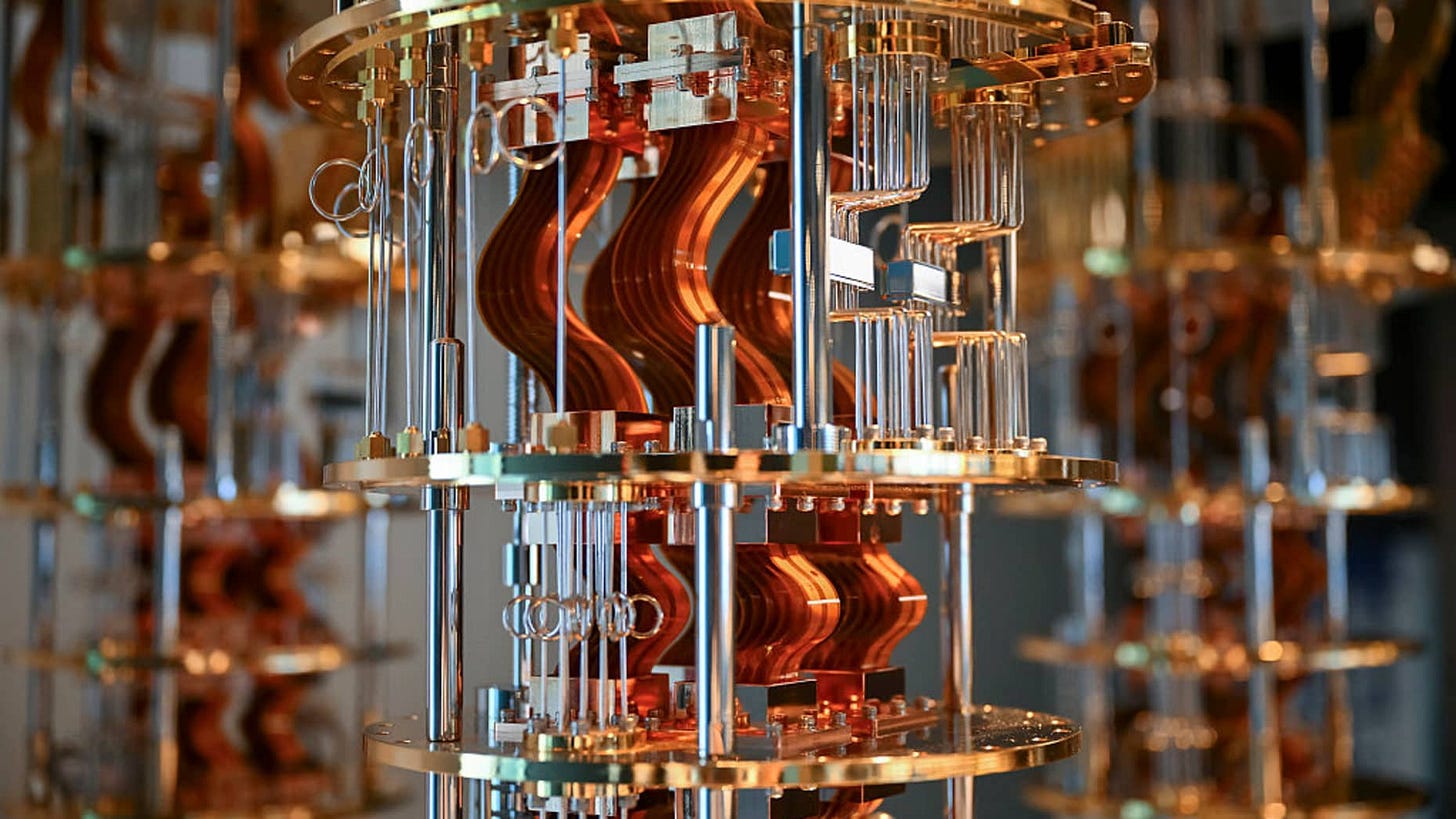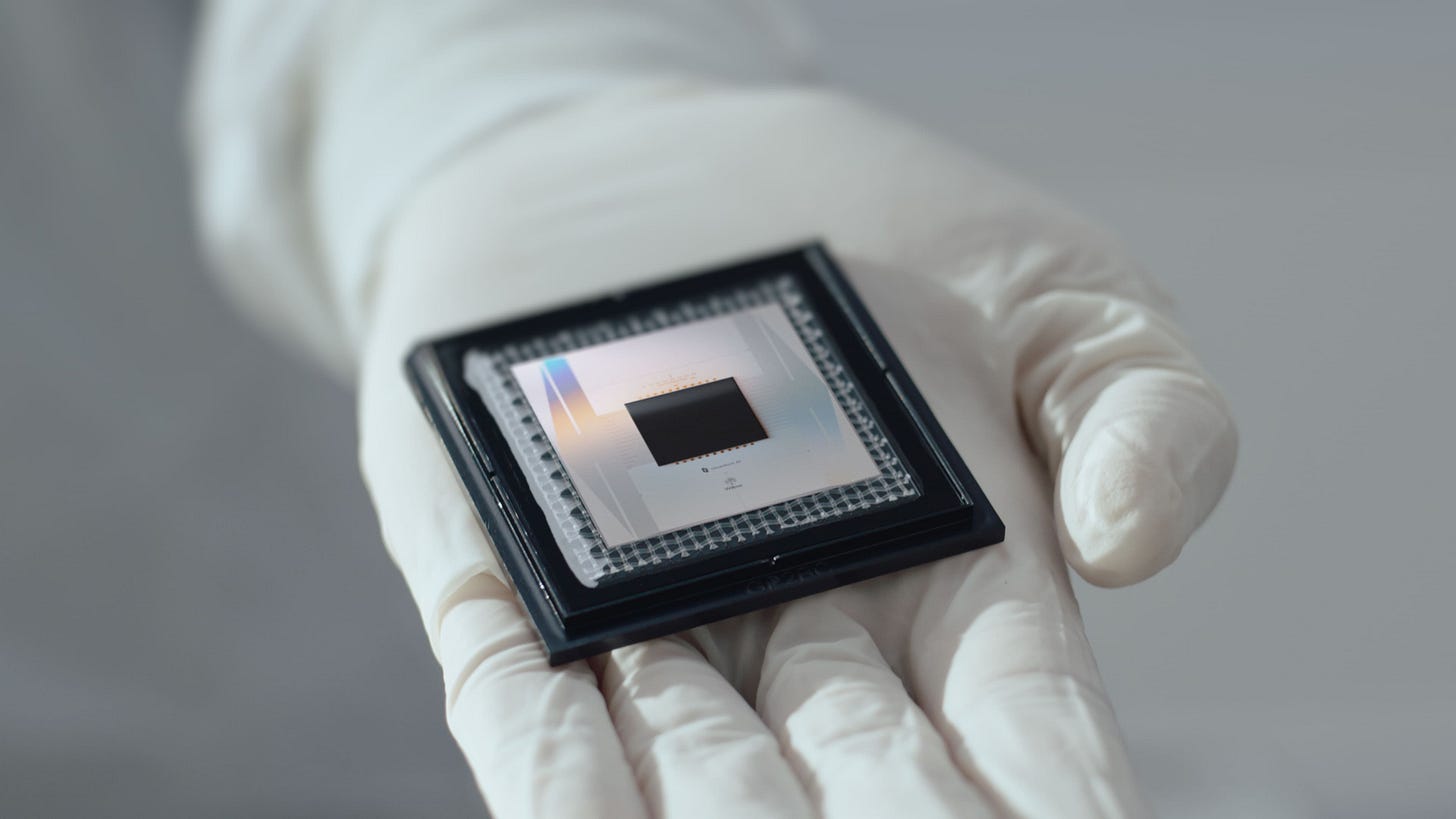Google's “Quantum Echoes” algorithm and more pleas of Quantum Advantage
Typical headline: Algorithm performed task beyond capability of classical computers, although experts say real-world application still years away.
Good Morning,
I’m trying to analyze Google Quantum’s new PR with a level head. This is difficult to do given Google’s history of exaggerating its Quantum developments. Try to read it with a grain of salt: Google Quantum AI has reported a physics experiment that pushes quantum computing further into what researchers call the “beyond-classical” regime, where even the world’s most powerful supercomputers fail to keep up.
As it has many times before, Google has claimed a breakthrough in quantum computing after developing an algorithm that performed a task beyond the capabilities of conventional computers.
The experiment used a new “Quantum Echoes” algorithm to measure interference effects called OTOC(2), revealing quantum behavior that classical machines cannot efficiently reproduce.
It represents the first demonstration of a verifiable quantum advantage, where a quantum computer performs a practical, repeatable calculation that surpasses the capabilities of the world’s fastest classical supercomputers—specifically, running up to 13,000 times faster for certain tasks. The algorithm focuses on measuring subtle quantum interference effects in chaotic systems, enabling more precise modeling of real-world quantum phenomena like molecular interactions.
This as the Trump Administration has hinted at maybe taking a stake in the three “major” Quantum computing startups that are public companies. In yet another pump and dump by Trump and his associates, the Wall Street Journal reported that the Trump administration is in talks about taking equity stakes in quantum computing firms in exchange for federal funding.
In a paper published in Nature, the team describes using its 65-qubit superconducting processor to measure a subtle quantum interference phenomenon called the second-order out-of-time-order correlator, or OTOC(2).
Read the paper: Full title is: “Observation of constructive interference at the edge of quantum ergodicity”

How It Works
Keep reading with a 7-day free trial
Subscribe to The Quantum Foundry to keep reading this post and get 7 days of free access to the full post archives.


